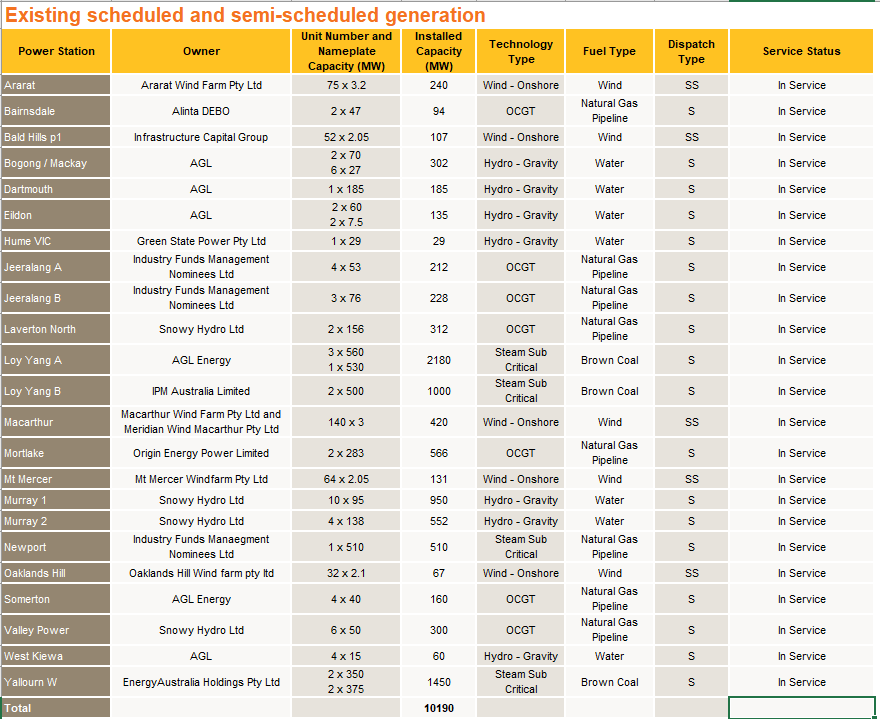Study narrows range of Earth’s warming response as greenhouse gases rise
New research has sharply narrowed the likely estimate of how much the Earth will warm with a doubling of carbon dioxide in the atmosphere, potentially honing estimates that have stood for a quarter century.
The long-standing estimate for the so-called equilibrium climate sensitivity used by the Intergovernmental Panel on Climate Change had been that surface temperatures would rise between 1.5 and 4.5 degrees for each doubling of CO2 or equivalent greenhouse gases.
The new study by UK scientists, published today in Nature journal, used year-on-year global mean temperature fluctuations rather than trends to discount the extreme ends of that range.
“Our study all but rules out very low or very high climate sensitivities, so we now know much better what we need to [do],” said Peter Cox, a professor of climate system dynamics from the University of Exeter, and the lead author of the paper.
“Climate sensitivity is high enough to demand action, but not so high that it is too late to avoid dangerous global climate change”.
The researchers calculated the range to be between 2.2 and 3.4 degrees with each CO2 doubling, including a central estimate of 2.8 degrees. The IPCC’s mid-range estimate was similar at 3 degrees.
Current atmospheric CO2 levels are about 410 parts per million, or about 50 per cent higher than pre-industrial times. Global temperatures have risen slightly more than a degree over the period.
Major US agencies such as NASA are set to declare 2017 as among the three warmest years on record - with 2016 and 2015 the other two.
Last year was the hottest without an El Nino, a Pacific event that tends to give a boost to global temperatures by slowing or reversing the uptake of heat by the ocean.
Steven Sherwood, an atmospheric scientist at the University of NSW’s Climate Change Research Centre, said the paper was “another piece of evidence refuting the idea that maybe we’ll be really lucky, or that we’ve got it wrong and it’s a low sensitivity”.
Professor Sherwood said the researchers had taken an approach using many climate models, which many scientists had previously considered but deemed difficult to pull off.
Challenges in assessing sensitivity include accounting for time lags, natural fluctuations and measurement issues.
“Does it really fundamentally work, or does it just look like it works?” he said. “That’s something we still need to work out.”
According to the paper, the implied risk of a greater than 4-degree warming with C02 doubling was less than a one-in-40 chance. That finding “renew[s] hope that we may yet be able to avoid global warming exceeding two degrees” as agreed in the Paris climate accord, it said.
Professor Sherwood said the findings were “not reassuring”, but “it’s the outcome that says we can avoid disaster but we have to get active” in cutting greenhouse gas emissions.



